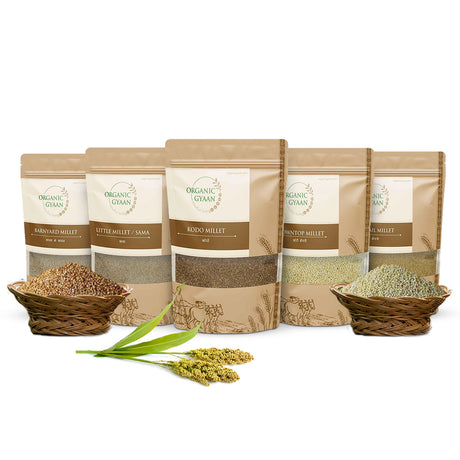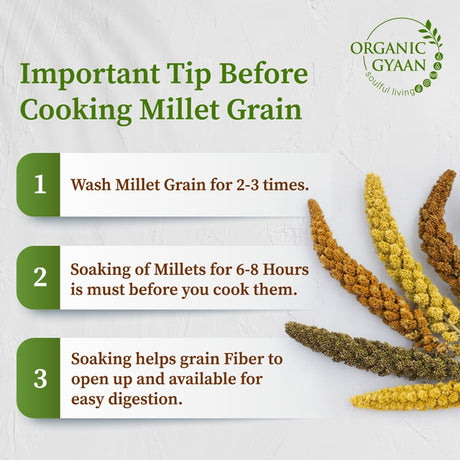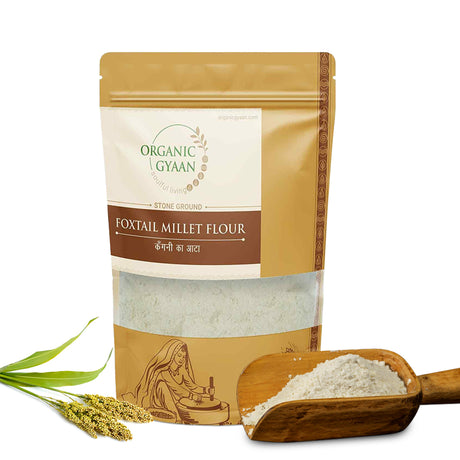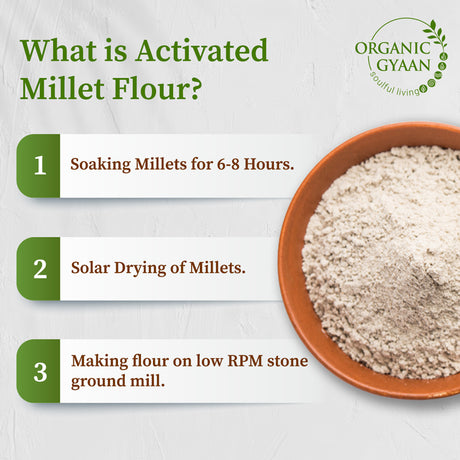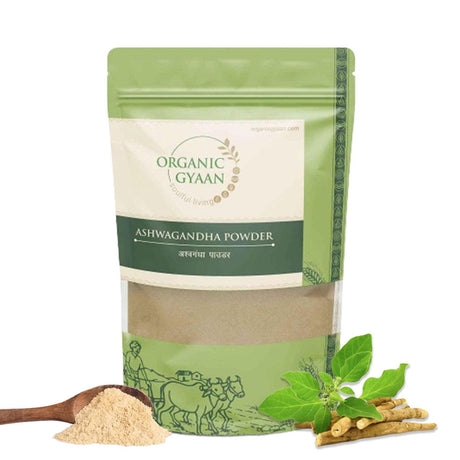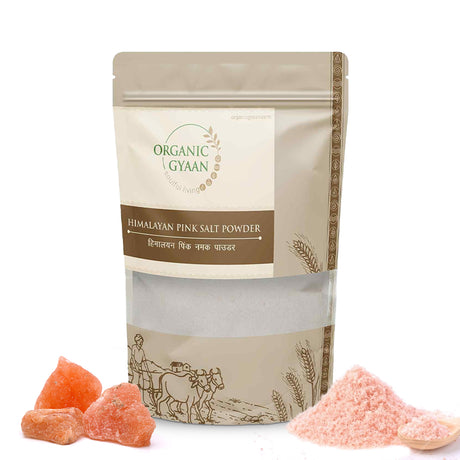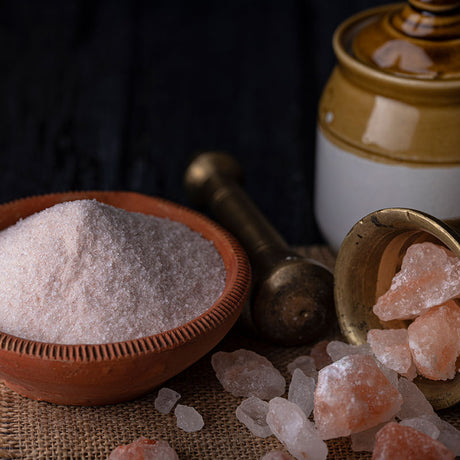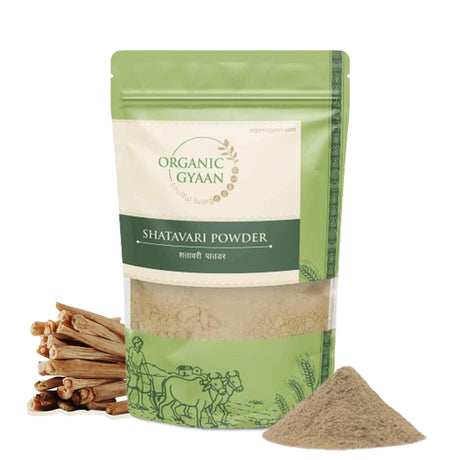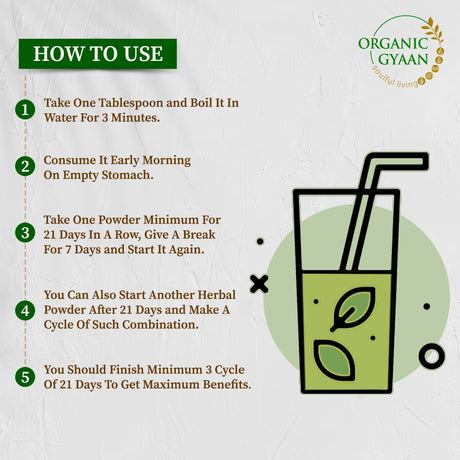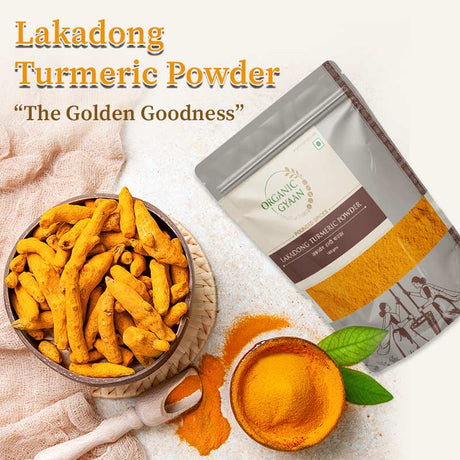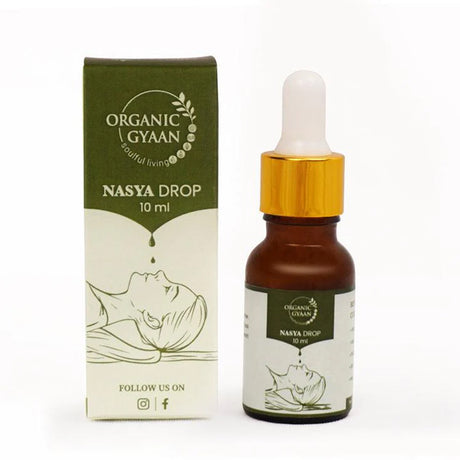Understanding the difference between hyperglycemia and hypoglycemia is crucial for effective diabetes management, offering pathways to improved health and wellbeing.
Historical & Cultural Context
In ancient India, the holistic understanding of health included the balance of bodily fluids, akin to the modern understanding of blood sugar regulation. Traditional Ayurvedic texts emphasize the importance of maintaining balance (samyama) in one's diet and lifestyle, which can be seen as a precursor to today’s focus on balanced blood sugar levels. The wisdom of Ayurveda suggests using herbs, yoga, and meditation to balance the doshas, which play a significant role in maintaining optimal body functions.
In 2500 BCE, the Harappan civilization is known to have practiced early forms of medicine and dietary regulations, which likely included guidelines around consumption patterns affecting energy levels and bodily fluids. The Charaka and Sushruta Samhitas, principal Ayurvedic compendiums, offer dietary practices that inadvertently align with modern blood sugar management.
Ayurvedic Perspective on Blood Sugar Balance
According to Ayurveda, diabetes or 'Madhumeha' is categorized under 'Prameha.' It correlates with the imbalance of Kapha and Pitta doshas, affecting the body's metabolism. Ayurvedic management includes dietary regulations, herbal remedies like 'Gudmar' (Gymnema sylvestre), and lifestyle adjustments to maintain equilibrium and thus balance blood sugar levels. Daily rituals ('Dinacharya') such as waking up before sunrise, practicing yoga, and eating meals at regular times can help maintain this balance.
Furthermore, Ayurvedic practitioners recommend incorporating herbs such as bitter gourd (karela), neem, and fenugreek (methi) into the diet due to their hypoglycemic properties. These herbs are traditionally believed to support metabolic health and improve insulin sensitivity.
Modern Scientific & Nutritional Perspective
Hyperglycemia refers to high blood sugar levels, whereas hypoglycemia refers to abnormally low levels. Hyperglycemia can result from excessive carbohydrate intake, insufficient insulin production, or insulin resistance. Symptoms include excessive thirst, frequent urination, fatigue, and blurred vision. If untreated, it could lead to complications like nerve damage or cardiovascular issues.
Conversely, hypoglycemia might occur due to taking too much insulin or inadequate food intake, especially carbohydrates, leading to symptoms like dizziness, confusion, weakness, and fainting. Severe cases can progress to unconsciousness. Awareness and timely intervention are critical in preventing adverse outcomes.
Scientific studies, including those by the Indian Council of Medical Research (ICMR), emphasize the importance of a balanced diet rich in whole grains, vegetables, and lean proteins, along with regular physical activity, to maintain stable blood sugar levels[ICMR 2022].
Recognizing Symptoms and Early Intervention
Recognizing the symptoms of hyperglycemia and hypoglycemia is critical. Hyperglycemia symptoms include thirst, frequent urination, fatigue, and blurred vision. When noticed, it is essential to monitor blood sugar levels immediately and assess contributing factors such as recent meals or physical activity.
Hypoglycemia symptoms may include sweating, tremors, palpitations, hunger, and disorientation. Implementing immediate corrective measures such as consuming glucose tablets or sugary drinks can prevent escalation.
For individuals prone to hypoglycemic episodes, it is advisable to carry quick-acting carbohydrate snacks like fruits or glucose tablets, especially when engaging in prolonged physical activity or when meals may be delayed.
Comparison Table: Hyperglycemia vs Hypoglycemia
| Aspect | Hyperglycemia | Hypoglycemia |
|---|---|---|
| Defining Characteristics | High Blood Sugar | Low Blood Sugar |
| Common Causes | High carbohydrate intake, insufficient insulin | Excessive insulin, inadequate food intake |
| Symptoms | Thirst, frequent urination, fatigue | Dizziness, confusion, fainting |
| Management Strategies | Dietary changes, insulin adjustments | Immediate intake of glucose-rich foods |
Practical Tips for Managing Blood Sugar Levels in Indian Lifestyles
Managing blood sugar is crucial for diabetics and anyone experiencing glucose imbalances. Here are practical tips tailored to Indian lifestyles:
- Balanced Diet: Incorporate foods rich in complex carbohydrates like whole grains (millets, brown rice), lean proteins (pulses, legumes), and healthy fats like Organic Gyaan's A2 Ghee for sustained energy and steady blood glucose levels.
- Routine Physical Activity: Engage in regular activities such as yoga, walking, and traditional dance forms like Bharatanatyam, which not only aid physical health but also mental well-being.
- Mindful Eating: Adopt practices such as eating slowly and in a peaceful environment, as recommended by Ayurveda, to improve digestion and metabolism.
- Hydration and Herbal Teas: Stay hydrated and consider herbal teas like tulsi or ginger tea, which help in maintaining metabolic health.
- Regular Monitoring: Use a glucometer to keep track of your blood sugar levels, adjusting your diet and insulin as required, following guidelines from your healthcare provider.
- Stress Management: Incorporate stress-relieving practices such as meditation and pranayama, which have been shown to positively impact blood sugar regulation.
Myths vs Facts
Myth: Only those with diabetes experience blood sugar issues.
Fact: While diabetes increases the risk, anyone can experience blood sugar fluctuations due to dietary choices, stress, or medical conditions.
Myth: Fruits should be avoided by diabetics due to sugar content.
Fact: Many fruits have a low glycemic index and are beneficial in moderation, providing vital nutrients and fiber. Fruits like guava and berries are excellent choices.
Myth: Skipping meals can help manage high blood sugar.
Fact: Skipping meals can result in hypoglycemia and further complicate blood sugar management. Regular, balanced meals are essential.
Myth: All carbohydrates are bad for blood sugar.
Fact: Not all carbohydrates are the same; complex carbohydrates found in whole grains and vegetables provide necessary energy without spiking blood sugar.
Buyer's Guide: Selecting Foods to Manage Blood Sugar
When selecting foods to manage blood sugar, focus on whole, unprocessed options with low glycemic indices and high nutrient content. Organic products ensure you consume the purest form of nutrients without added chemicals. Choose Organic Gyaan’s offerings for naturally cultivated, high-quality food products.
Consider incorporating traditional Indian foods like moong dal, rajma, and oats. Avoid refined sugars and flours that can cause rapid spikes in blood sugar. Instead, natural sweeteners like jaggery in moderation can be a better choice.
Case Study: Anjali's Journey to Balanced Blood Sugar
Anjali, a 35-year-old software engineer from Pune, often felt fatigued and irritable. Upon visiting her healthcare provider, she discovered she had mild hypoglycemia resulting from irregular meal patterns and long working hours. With the guidance of her nutritionist, she incorporated high-fiber foods and started using Organic Gyaan’s A2 Ghee. By altering her dietary habits and committing to regular yoga practice, Anjali stabilized her energy levels and improved her overall health significantly. Her story is a testament to the power of informed dietary choices and lifestyle modifications.
Additional Measures for Maintaining Blood Sugar Levels
Besides diet and exercise, consider these additional measures to help maintain stable blood sugar levels:
- Regular Health Check-ups: Regularly visit your healthcare provider to monitor your blood sugar levels, cholesterol, and blood pressure.
- Mindful Snacking: Choose snacks like nuts and seeds which provide healthy fats and proteins instead of sugary snacks.
- Sleep Hygiene: Ensure adequate, quality sleep as it plays a crucial role in metabolism and blood sugar levels.
Conclusion & Gentle CTA
Understanding hyperglycemia and hypoglycemia empowers you to make informed decisions about your health. Maintaining balanced blood sugar levels is achievable through thoughtful dietary choices and lifestyle modifications. Explore the range of natural products offered by Organic Gyaan to support your journey to better health.
FAQs
What is the main difference between hyperglycemia and hypoglycemia?
Hyperglycemia is characterized by high blood sugar levels, while hypoglycemia involves low blood sugar levels. Both conditions require different management strategies.
How can I prevent hypoglycemia if I am diabetic?
To prevent hypoglycemia, consume regular meals, monitor your blood glucose levels frequently, and consult with your healthcare provider to adjust your medication.
Are there natural remedies to manage blood sugar levels?
Yes, incorporating a balanced diet, physical activity, and organic products like A2 Ghee can help manage blood sugar levels naturally.
```

